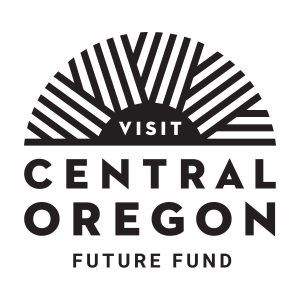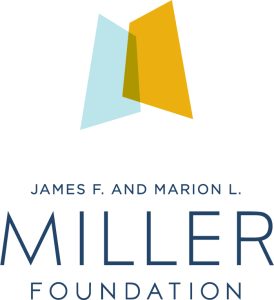Rick Bartow: Animal Kinship – From the Collections of Jordan D. Schnitzer and His Family Foundation
September 20, 2024 – February 9, 2025
Rick Bartow: Animal Kinship, an exhibition from the collections of Jordan D. Schnitzer and His Family Foundation by one of Oregon’s most celebrated artists, opens September 20, 2024 at the High Desert Museum.
This is the third art exhibition in a yearlong series of collaboration with the Jordan Schnitzer Family Foundation exploring the complex relationships between humans, animals and the world we share. The first was Andy Warhol’s Endangered Species, followed by Near, Far, Gone, which is open now through September 8, 2024.
Artist Rick Bartow (Mad River Band of the Wiyot Tribe, d. 2016) was born in Newport, Oregon, where his family’s roots run deep, and grew up with close ties to the Siletz community. Though he traveled the world extensively in his lifetime, Bartow always returned to his family’s coastal home, and it was here that he eventually became one of the Northwest’s best-known and most celebrated artists.
“Rick Bartow’s diverse experiences enabled him to incorporate traditional Native themes and images into contemporary works that connect us with both the past and present issues facing Native nations. Bartow, through paintings, prints, or sculptures, is a master of the art of expressing his voice and contributing to the legacy of Native art and culture,” said renowned art collector, Jordan Schnitzer.
Nearly two dozen artworks, including two-dimensional and sculptural pieces, have been selected for the exhibition. The works span the final three decades of Bartow’s career. Drawing from Indigenous stories and his interests as an amateur naturalist, Bartow moves freely between human and animal representations in his depictions.
Although widely celebrated for his paintings and works on paper, Bartow’s sculptural work also garnered significant recognition. His carving The Cedar Mill Pole was displayed in 1997 in the Jacqueline Kennedy Garden at the White House, and his 2012 sculpture We Were Always Here, a pair of 20-foot-tall carved poles, is on permanent display in front of the Smithsonian’s National Museum of the American Indian overlooking the National Mall.
Bartow’s sculptural process employs both traditional methods and his intuitive approach. “There are instances when I begin with a sketch and end as I wish,” he said in 1989. “There are also times when the wood directs and cuts and a human face becomes an owl, or a coyote becomes some other character.”
Bartow’s work balances moments of deep calm against frenzied, gestural marks. Themes of resilience, transformation and identity emerge even as Bartow processes the most difficult aspects of humanity, including war, trauma and addiction. Through these works visitors will consider how their human identities are both shared with and derived from the animals that inhabit the landscape we share with one another.
“We’re proud to highlight the role of art in exploring the natural world with this very special exhibition of the works of the late Rick Bartow, one of Oregon’s most revered artists,” said Executive Director Dana Whitelaw, Ph.D.
Rick Bartow: Animal Kinship, from the collections of Jordan D. Schnitzer and His Family Foundation, will be on view through February 9, 2025.
It’s made possible by Bend Magazine, the Ford Family Foundation, the James F. and Marion L. Miller Foundation and the Visit Central Oregon Future Fund with support from The Jackson Foundation, Waypoint Hotel, Oregon ArtsWatch and Travel Oregon.

Rick Bartow
For Roger, 2009
In care of the High Desert Museum









